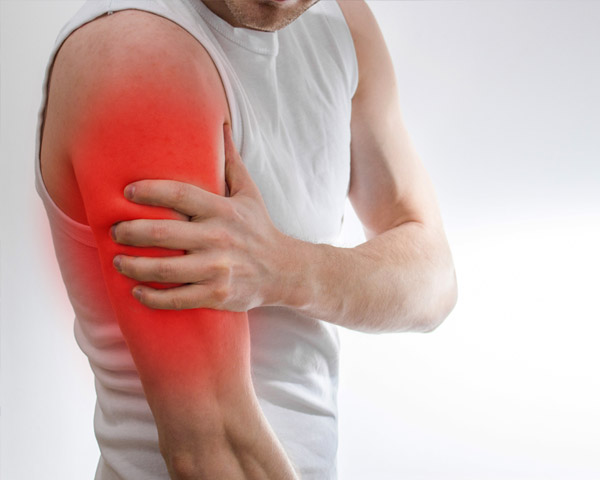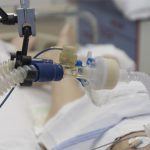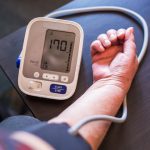A rotator cuff is a group of muscles and tendons that surround the shoulder joint, keeping the head of your upper arm bone firmly within the shallow socket of the shoulder.
The 4 Rotator cuff muscles are Supraspinatus, Infraspinatus, Subscapularis and Teres Minor.
What causes it?
Rotator cuff disease may be the result of either a substantial injury to the shoulder or to progressive degeneration or wear and tear of the tendon tissue. Repetitive overhead activity or heavy lifting over a prolonged period may irritate or damage the tendon.
What are the risk factors?
The following factors may increase your risk of having a rotator cuff injury:
- Age: As you get older, your risk of a rotator cuff injury increases. Rotator cuff tears are most common in people older than 40. Especially Supraspinatus tendinosis with degeneration is common with increasing age
- Certain Sports: Athletes who regularly use repetitive arm motions, such as baseball pitchers, archers and tennis players, have a greater risk of having a rotator cuff injury.
- Construction Jobs: Occupations such as carpentry or house painting require repetitive arm motions, often overhead, that can damage the rotator cuff over time.
- Family History: There may be a genetic component involved with rotator cuff injuries as they appear to occur more commonly in certain families.
Symptoms
Main Symptoms are Pain, Weakness of Shoulder muscles and late stages Stiffness.
The pain associated with a rotator cuff injury may:
- A dull ache deep in the shoulder
- Disturb sleep, particularly if you lie on the affected side.
- Shoulder pain with overhead activity.
- Difficulty in doing any overhead activity.
- Make it difficult to comb your hair or reach behind your back
How to detect?
- History and clinical examination: By proper examination and testing the movements of the shoulder and by doing special tests we can come to a probable diagnosis.
- X-ray: Although x-ray is not diagnostic of Rotator cuff disease it might show some bony spurs and arthritis.
- Ultrasound: This test uses sound waves to produce images of structures within your body, particularly soft tissues such as muscles and tendons. The dynamic examination is possible. How the rotator cuff muscles behave with movement can be seen. Guided injections can also be given
- MRI: Most of the rotator cuff problem will need MRI. But we need to correlate the clinical findings with the MRI as even in asymptomatic people rotator cuff tear may be present.
Treatments
PRP injections: This is an injection of a concentrate of platelets which are isolated from your own blood. There is some evidence that this enhances recovery and in the healing of injured tissues. There is no side effect and it can be repeated, unlike steroid injection.
Physiotherapy: Physical therapy is usually one of the first treatments your doctor may suggest. Exercises tailored to the specific location of your rotator cuff injury can help restore flexibility and strength to your shoulder. Physical therapy is also an important part of the recovery process after rotator cuff surgery.
Surgery
- Arthroscopic tendon repair: In this procedure, surgeons insert a tiny camera (arthroscope) and tools through small incisions to reattach the torn tendon to the bone.
- Open tendon repair: In some situations, an open tendon repair may be a better option. In these types of surgeries, your surgeon works through a larger incision to reattach the damaged tendon to the bone.
- Tendon transfer: If the torn tendon is too damaged to be reattached to the arm bone, surgeons may decide to use a nearby tendon as a replacement.
- Shoulder replacement: Massive rotator cuff injuries may require shoulder replacement surgery. To improve the artificial joint's stability, an innovative procedure (reverse shoulder arthroplasty) installs the ball part of the artificial joint onto the shoulder blade and the socket part onto the arm bone.





